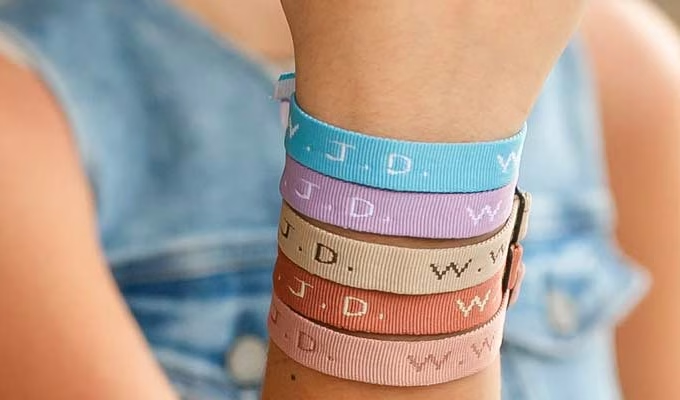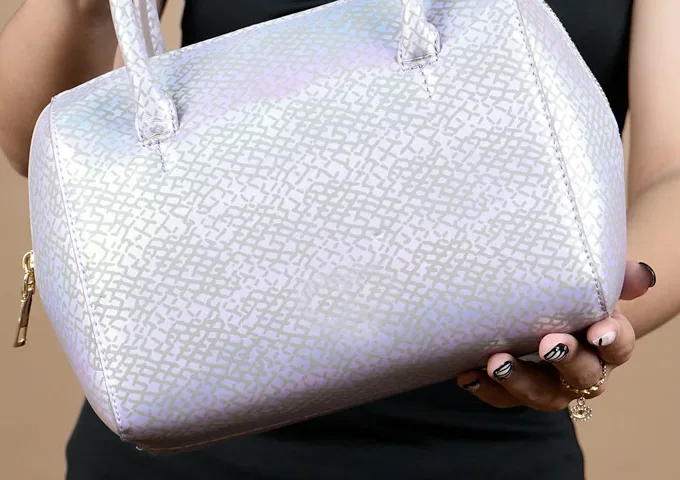In fashion retail, productivity hinges on a trio of foundational pillars: streamlined operations, superior customer service, and forward-thinking marketing initiatives. With the sector’s continuous transformation, elevating productivity is imperative for differentiation in a densely populated marketplace.
Elevating productivity transcends mere sales augmentation; it involves refining operational efficiencies, enriching consumer interactions, and leveraging analytical insights for enduring expansion. In an industry marked by brisk evolution, retailers equipped to embrace shifts, integrate emergent technologies, and deeply understand their clientele are positioned to flourish.
The significance of this endeavor is accentuated by the fashion retail market’s projected expansion from $4718 million in 2021 to $16430 million by 2031, highlighting the importance of strategic navigation within the promising yet demanding fashion retail landscape.
This blog post will explore strategic avenues for unlocking productivity in fashion retail, aiming for companies not merely to endure but to distinguish themselves. We initiate this exploration to decode the strategies pivotal for harnessing the maximum potential of your fashion retail venture.
Harnessing Technology for Enhanced Efficiency
In the domain of fashion retail, technology serves as a critical catalyst. Various cutting-edge tools have transformed retailer operations, propelling speed and efficiency from point-of-sale systems to inventory management applications.
At the heart of this technological evolution, fashion ERP software emerges as a linchpin, seamlessly integrating varied business segments from the creation of a product to its sale. This integration fosters a unified operational flow, curtails discrepancies, and enhances efficiency.
Moreover, innovations such as artificial intelligence and virtual reality are reshaping the shopping experience, offering virtual garment trials and AI-driven personalized recommendations. The adoption of these technological advances not only refines processes but also carves out a unique shopping journey, setting a retailer apart in a competitive marketplace.
Elevating Staff Competence and Morale
The backbone of any retail establishment is its workforce. Employees endowed with knowledge and skills are essential for driving sales and delivering premium service. Investment in employee training and development is a significant lever for productivity enhancement.
Robust training initiatives sharpen employee competencies and boost morale and job satisfaction, fostering improved performance and reducing attrition. Training personnel to navigate new technologies, grasp product nuances, and augment customer service capabilities is crucial for productivity uplift in fashion retail.
Optimizing Inventory Management
Effective inventory management is a linchpin in retail, impacting customer satisfaction and financial viability. Streamlined inventory management ensures optimal stock levels to fulfill demand without surplus or shortfall, essential for maintaining liquidity and minimizing storage expenses. By refining inventory management practices, retailers can guarantee the availability of in-demand items while reducing the costs associated with unsold goods, thus bolstering overall productivity.
Cultivating Customer Experience and Engagement
The essence of retail success lies in aligning with and fulfilling customer needs. In fashion retail, where style preferences and trends hold sway, customizing the customer experience can significantly influence sales. Engaging customers through loyalty programs, bespoke shopping experiences, and exemplary customer service fosters customer loyalty and encourages repeat customers. Cutting-edge engagement methods not only elevate the customer experience but also solidify brand standing, underpinning long-term prosperity.
Leveraging Data for Strategic Insights
Within the fiercely competitive retail arena, prosperous entities distinguish themselves by their capacity to make well-informed choices, a capability significantly enhanced by the application of data analytics. The use of tools like a retail performance optimization system, for example, may enable retailers to analyze sales trends, manage inventory efficiently, and deliver tailored customer experiences. In fact, these systems can identify purchasing patterns to optimize stock levels or create data-driven promotions that resonate with target audiences.
Data-based strategies empower retailers to decipher consumer inclinations, calibrate their stock offerings with precision, and launch marketing efforts that resonate accurately with their intended demographic. Moreover, such strategies bolster the capacity for predictive analytics, enabling companies to foresee shifts in market dynamics and adjust their operational tactics in alignment. This methodology amplifies consumer satisfaction and streamlines inventory control while curtailing operational expenditures, ensuring long-term viability and prosperity in the retail domain.

Embracing Sustainable Operations
The concept of sustainability has transitioned from a temporary inclination to a critical operational imperative. Today’s consumers increasingly weigh their purchasing decisions against the backdrop of ethical and ecological considerations.
The adoption of sustainable practices, such as the use of environmentally friendly materials and the reduction of waste, not only boosts the perception of a brand but also contributes to more streamlined operations and cost savings. Within the sphere of fashion retail, the commitment to sustainability positions a brand as appealing to an expanding demographic of environmentally aware consumers.
Conclusion
To wrap up, excelling in the fashion retail sector hinges on adopting technological advancements, dedicating resources to employee growth, meticulous control over stock levels, refining the way businesses engage with their clientele, implementing strategies based on analytical insights, and a steadfast commitment to environmental responsibility. Allow these strategies to steer your venture towards achieving its objectives and fully realizing the capabilities of your fashion retail operation.
















